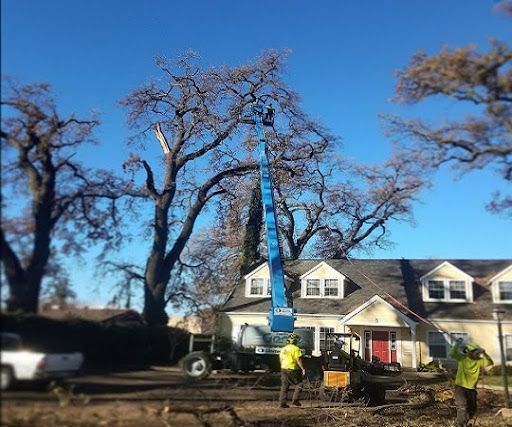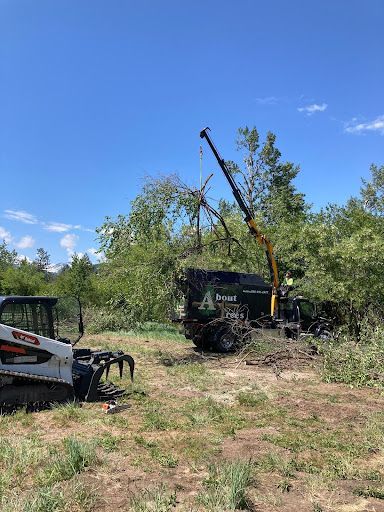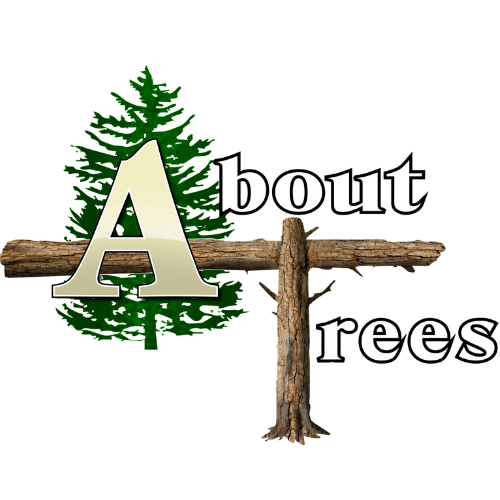Hazard Limbs in Trees: Understanding the Risks and Ensuring Safety
Trees, with their towering beauty and ecological significance, contribute immensely to the natural landscape. However, even the most majestic trees can pose a threat when hazardous limbs are overlooked. Hazard limbs, also known as widowmakers, are branches that are weak, damaged, or dead, and they have the potential to fall unexpectedly, posing a significant risk to people, property, and other parts of the ecosystem. In this blog post, we will delve into the dangers of hazardous limbs in trees and explore the importance of proactive tree care to ensure safety.
Identifying Hazard Limbs:
Hazard limbs can be difficult to spot, especially for the untrained eye. It's crucial to regularly inspect trees for signs of weakness, disease, or damage. Look out for branches with missing bark, cracks, or splits, as these are indicators of potential hazards. Dead limbs are particularly dangerous, as they are more prone to breaking off and falling. Additionally, observe the tree's overall structure – if it appears unbalanced or leaning excessively, it might be a sign of hidden hazards within the canopy.
The Risks Posed by Hazard Limbs:
Property Damage:
One of the primary risks associated with hazard limbs is the potential for property damage. Falling limbs can cause significant harm to structures such as houses, cars, and fences, leading to costly repairs.
Personal Safety: The threat to personal safety is perhaps the most alarming consequence of hazard limbs. Whether in residential areas, parks, or along roadways, unsuspecting individuals may be at risk of injury or even fatality if a hazardous limb were to fall.
Tree Health: Hazard limbs not only jeopardize the safety of surrounding structures and people but also contribute to the overall decline of the tree's health. Dead or weakened branches can serve as entry points for pests and diseases, affecting the vitality of the entire tree.
The Importance of Professional Tree Services:
Addressing hazard limbs requires the expertise of professionals who understand the complexities of tree care. Professional tree services play a crucial role in mitigating risks associated with hazard limbs through the following:
Regular Inspections:
Arborists are trained to conduct thorough tree inspections, identifying potential hazard limbs and addressing them before they become a danger. Regular assessments ensure early intervention, reducing the risk of property damage and accidents.
Safe Removal:
Hazard limbs often need to be removed to eliminate the risk they pose.
Professional tree services have the equipment and knowledge to safely remove weakened or dead branches without causing additional damage.
Pruning and Maintenance:
Regular
pruning is essential for maintaining the health and structure of trees. Professional arborists know the correct techniques for pruning and maintaining trees to reduce the likelihood of hazardous limb formation.
Emergency Services: In the event of a storm or unexpected hazard limb breakage, professional tree services are equipped to respond quickly. They can provide emergency tree removal and cleanup services, ensuring the safety of the affected area.
Preventive Measures:
Preventing hazard limbs involves a combination of proactive tree care and maintenance. Pruning, for instance, is an effective measure to eliminate weak or dead branches before they become hazardous. Proper pruning techniques, such as crown thinning and deadwooding, can enhance tree structure and reduce the risk of limb failure. Regular fertilization and disease management also play crucial roles in maintaining tree health and preventing the development of weak or dead limbs.
About Trees: Your Partner in Tree Safety:
When it comes to ensuring the safety and well-being of your trees, About Trees stands out as a reliable partner in
Chico and
Redding, CA. With a team of skilled arborists and a commitment to excellence, About Trees offers comprehensive tree services to address all your tree care needs.
About Trees specializes in professional tree inspections, hazard limb identification, and precise pruning techniques. Their experienced team understands the unique challenges posed by the diverse tree species in the
Chico and
Redding areas and employs industry-leading practices to promote tree health and safety.
Contact About Trees at
info@abouttrees.us to schedule a consultation or tree inspection. Their dedicated team is ready to assess your property, identify potential hazards, and provide tailored solutions to enhance the safety and beauty of your trees.
Conclusion:
In the intricate dance between man and nature, tree safety should always be a priority. Hazard limbs, lurking in the canopies of our beloved trees, pose a real and present danger. By understanding the risks, adopting preventive measures, and partnering with professionals like
About Trees, we can ensure a safer environment for ourselves and future generations. Take the first step toward tree safety – contact About Trees today and let their expertise be your shield against the dangers that hazard limbs may bring.
For Redding area service call (530) 246-2477. For the Chico area call (530)-343-4533 or email them at info@abouttrees.us to schedule a consultation or to inquire about their services.



